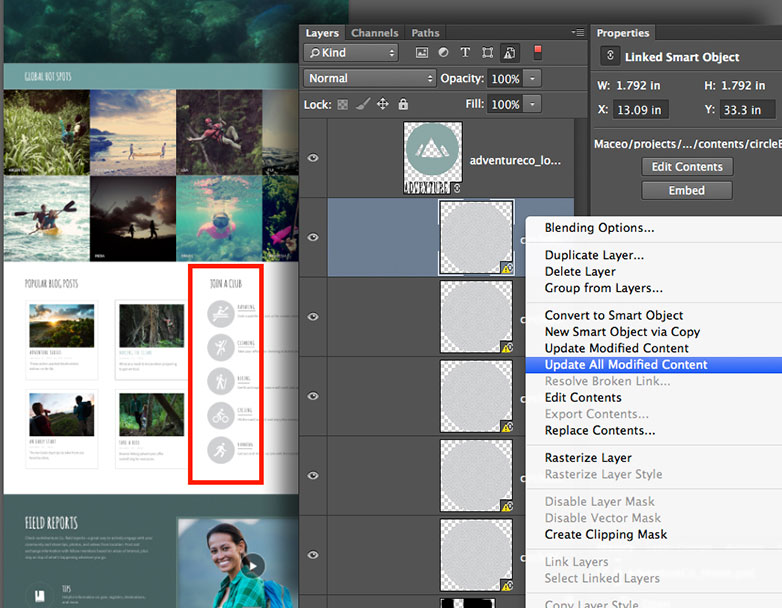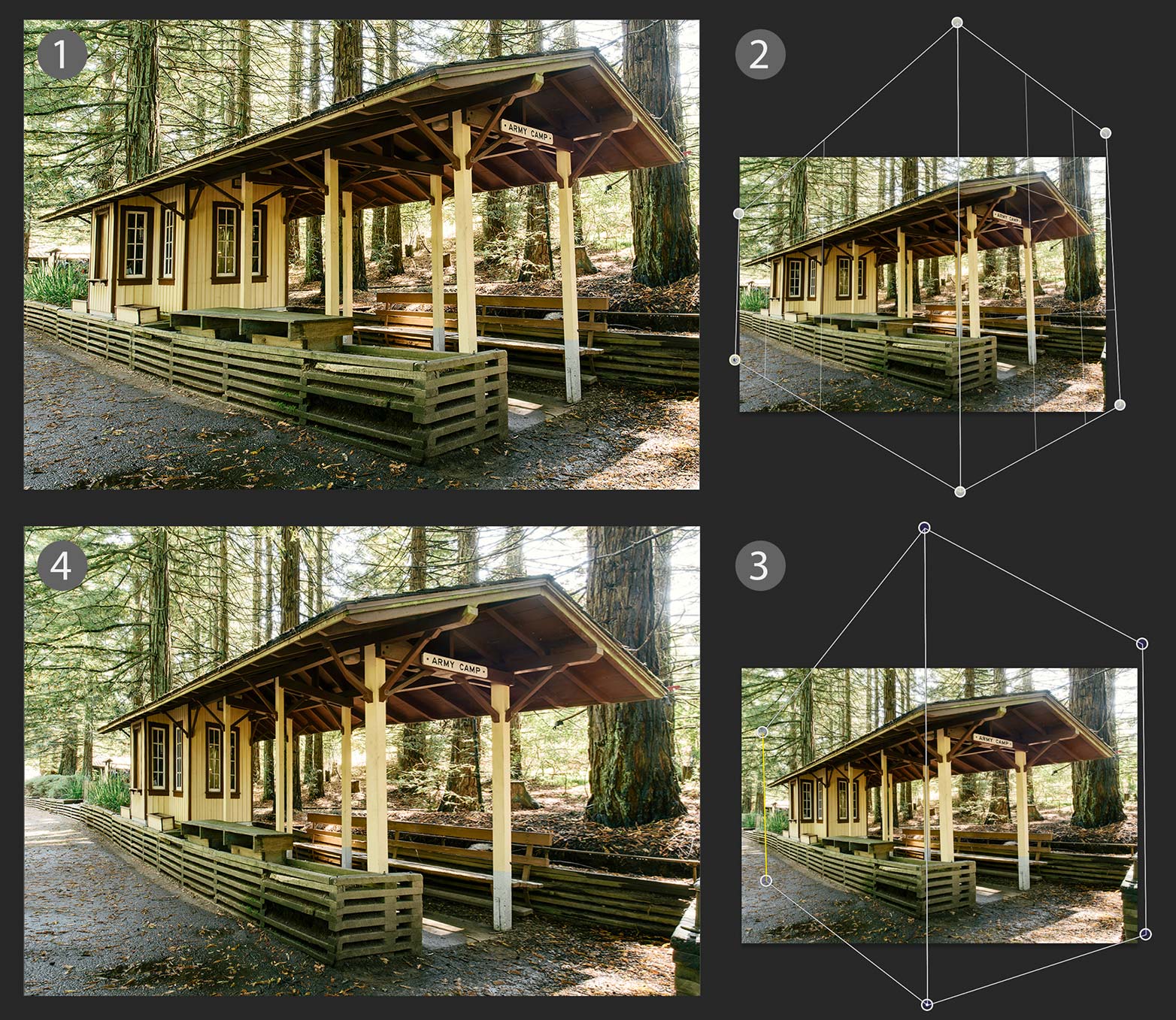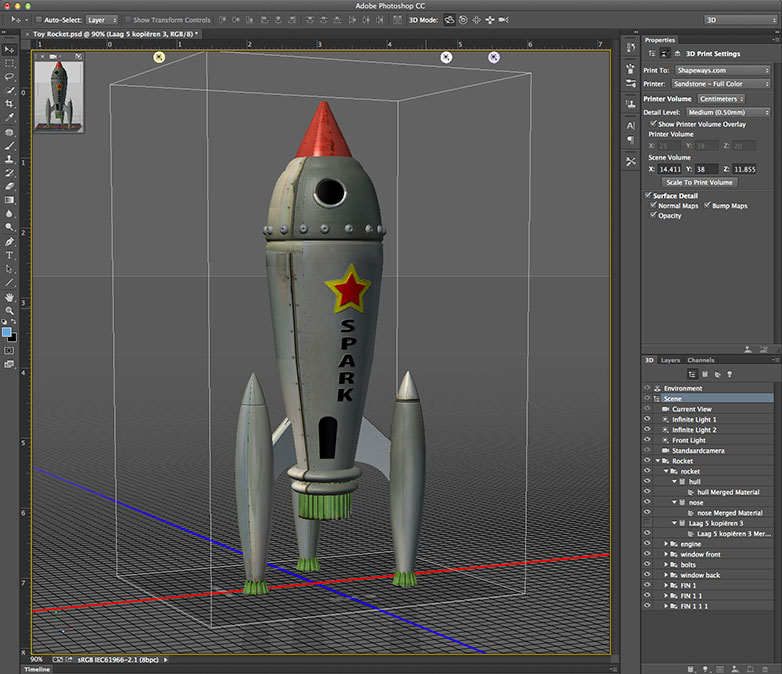
 Today, Adobe have both announced and shipped, new versions of its flagship Creative Cloud applications. In this update you'll find dozens of new features.
Today, Adobe have both announced and shipped, new versions of its flagship Creative Cloud applications. In this update you'll find dozens of new features.
Last year thousands of designers dropped Creative Suite/Cloud in search of cheaper, more targetted tools, and many have found real gems amongst the various app stores — Bohemian coding's Sketch is well thought of, and there is a lot of industry anticipation for Macaw. However the low entry cost of these products is also their achille's heel; dropping $25 on an app does not commit you to it in the long term, and smaller software houses traditionally struggle to retain a loyal userbase.
Adobe by comparison are continuing to innovate within their established product range, and as a result professionals are continuing to take up Creative Cloud subscriptions; there are currently more than 1.4 million CC members.
Adobe lay claim to 50 separate feature updates in 2013 and today's is the fourth major update to Creative Cloud since the switch from the Creative Suite licensing model. Skeptics should note that Adobe have kept their word by continually driving innovation in the products, as well as the frequent bug fixes and performance enhancements that arrive more regularly for subscribers.
In addition to application evolution Adobe continue to develop services: last year there were 180 billion pages views for Typekit, and that's set to increase in 2014; today's update includes tying Illustrator and InDesign into Typekit, allowing you to add Typekit fonts to print projects and PDFs — a significant boon for companies trying to maintain consistent branding over multiple media formats.
By far the biggest news relates to the central application in Adobe's armoury, Photoshop. Photoshop is one of the most widely recognized — or at least, named-checked — applications in the world. Despite the many inroads made by budget alternatives, and superb browser-based applications like Typecast, the majority of websites still start life in a PSD.

There are three large Photoshop innovations that are being introduced with this CC update. The first, and arguably the most important for web designers are the new linked Smart Objects. Essentially, linked Smart Objects are assets created in other Creative Cloud applications, that are linked in your files — design a logo in Illustrator, link it to your site design in Photoshop, then anytime you make a change in Illustrator the change is immediately reflected in Photoshop. It's not an essential piece of kit, but it sure is nice, and I can see it becoming one of those little techniques that we quickly come to rely on.
Additionally, Photoshop CC now has a Perspective Warp tool. This staggering piece of technology allows you to completely change the perspective of elements in an image by simply drawing a 3D box around an object and changing the perspective of the box. The bit in Blade Runner, when Deckard uses a computer to zoom into a photo, panning around corners and zooming into a part of the image that the camera seemingly couldn't have captured; he was probably using Photoshop's Perspective Warp.

The big news — certainly as far as Adobe are concerned — is that Photoshop CC now allows you to print in 3D. Using the existing 3D features in Photoshop you can now create 3D designs and print straight to a 3D printer, alternately if you don't have one, send them to shapeways.com for printing. Adobe are pitching this feature as a finishing tool for 3D models, and it's not designed to compete with full-blown 3D modelling tools like Maya. The expectation is that 3D modellers will work in their traditional tools, then import into Photoshop to clean up their meshes. It seems like an exciting development for industrial designers, but I can't see too many screen designers taking much interest.

Given Photoshop's size, it seems questionable to pack yet another primary use into the tool. 3D print finishing is substantial enough a job to warrant a separate application, especially as CC subscriptions would provide free access to the new application. When quizzed on this, Andy Lauta from Adobe explained that because so many creatives use Photoshop already, it was the natural home for the new functionality — which I took to mean Adobe were concerned that an entirely new application would have limited take-up.
One lesser feature, but one certain to be welcomed by everyone, is that Photoshop is now powered by the next generation Mercury Graphics Engine, giving substantially more performance whether you're printing in 3D, or cropping a bitmap.
Adobe have also reset the 30 day trials for Creative Cloud, so if you're tempted to try these features out, you can download the applications and start playing today.
Are you a Creative Cloud subscriber? Are you excited by Photoshop's new 3D printing feature? Let us know in the comments.















